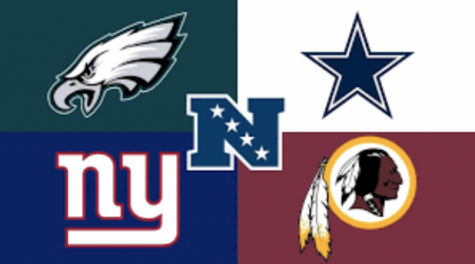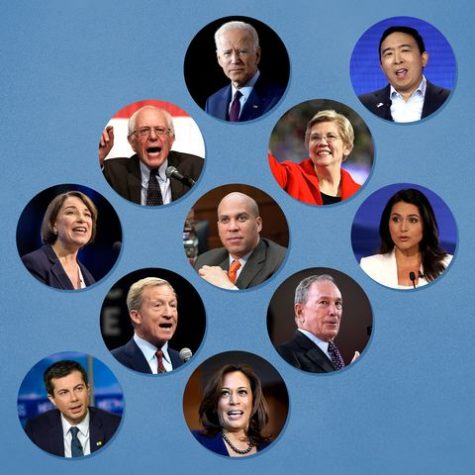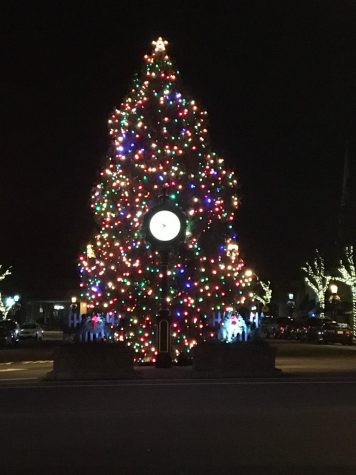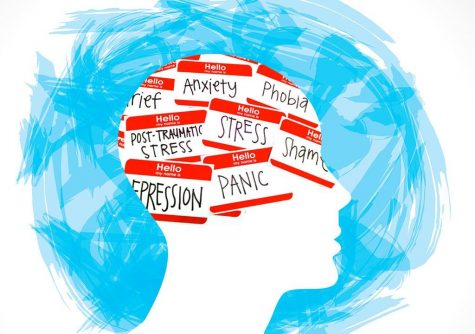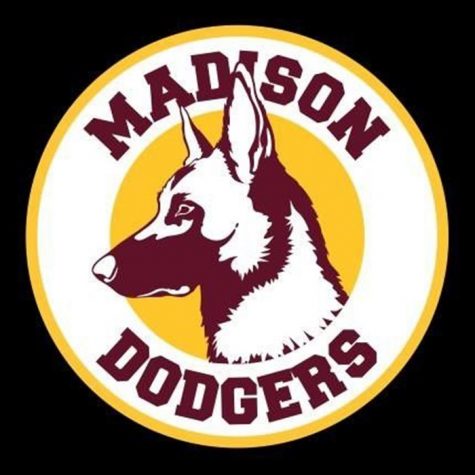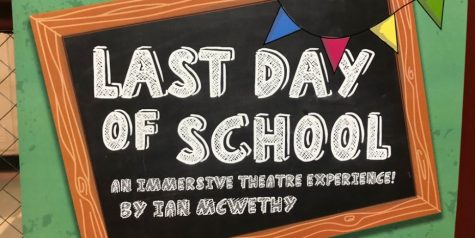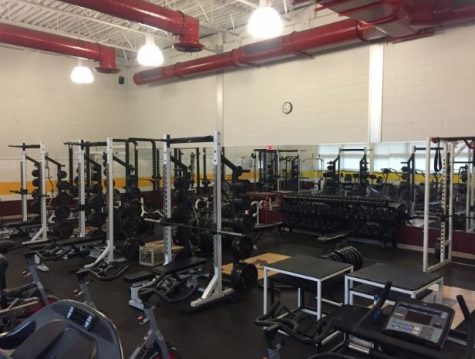A History of Blocked Websites: The Epidemic That Has Plagued Our School
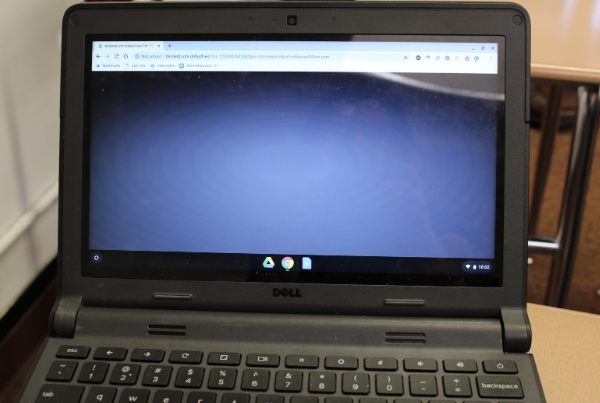
Picture of a blocked website screen
When Chromebooks were first introduced to Madison High School students in 2016, one of the main concerns teachers had was that students would go on non-school websites during class, such as video games sites, Netflix, and online shopping sites. Soon enough, students began doing exactly that. It wasn’t uncommon that you’d catch the occasional student shopping during history, or watching Netflix during biology. If you asked any student at MHS, most would admit to going on non-school websites during classes once or twice.
Then began “the blocking.” It started out simple and reasonable – students soon realized that they could no longer watch Netflix or go on big shopping sites during class. Even at student’s homes, they were still blocked. Most agree that this a fair thing to do – with fewer students being distracted during class, more attention is paid to the teacher, and as a result, grades go up. Many felt that this was the end of the epidemic that settled onto our school. We would soon find that it was only the beginning.
Students quickly found that you could get around this rule – Youtube, lesser known websites, and online gaming sites were still unblocked. Then, the spring of 2016, “slither-io” became a school-wide phenomenon. It took our school by storm – you couldn’t find one student who wasn’t playing. Some students even ignored teachers requests, and told them since they were playing slither-io, they couldn’t answer questions or go up to the board. That’s when the disease strengthened. The day that students discovered a blocked screen after searching “slither-io” was a dark one.
Students continued to find ways around this rule. Through going on “Free Browser” apps or searching “unblocked” along with the website you want, students continued to browse whatever sites they wanted. Still, the epidemic persisted. The administration found out about every loophole and blocked them.
Up until now, the “blocking” was reasonable. However, this is when things took a turn. Students discovered that college websites, academic sources, and even Youtube was blocked. The administration cited bandwidth as an explanation, but many students question the validity of that statement.
Another loophole was found towards the end of the last year. Students began to bring home laptops to school and using “MPS Wireless”, a different wifi than the Chromebooks used. Some teachers put up a fight, but most of them had no issue with it. They too were frustrated by the academic sources they now couldn’t use to teach. For a while, this was successful. However this month, they finally blocked websites on the MPS Wireless wifi. Even websites like Naviance, a site the school uses to get students into college, is blocked.
Overall, students and teachers are frustrated. The beginning of “the blocking” initially was reasonable, but it has gone too far. Students are unable to complete their assignments and teachers can’t display websites/programs that they’ve shown for years. This is clearly doing more harm than good. Hopefully, our school has the sense to rise up and defeat this epidemic.
